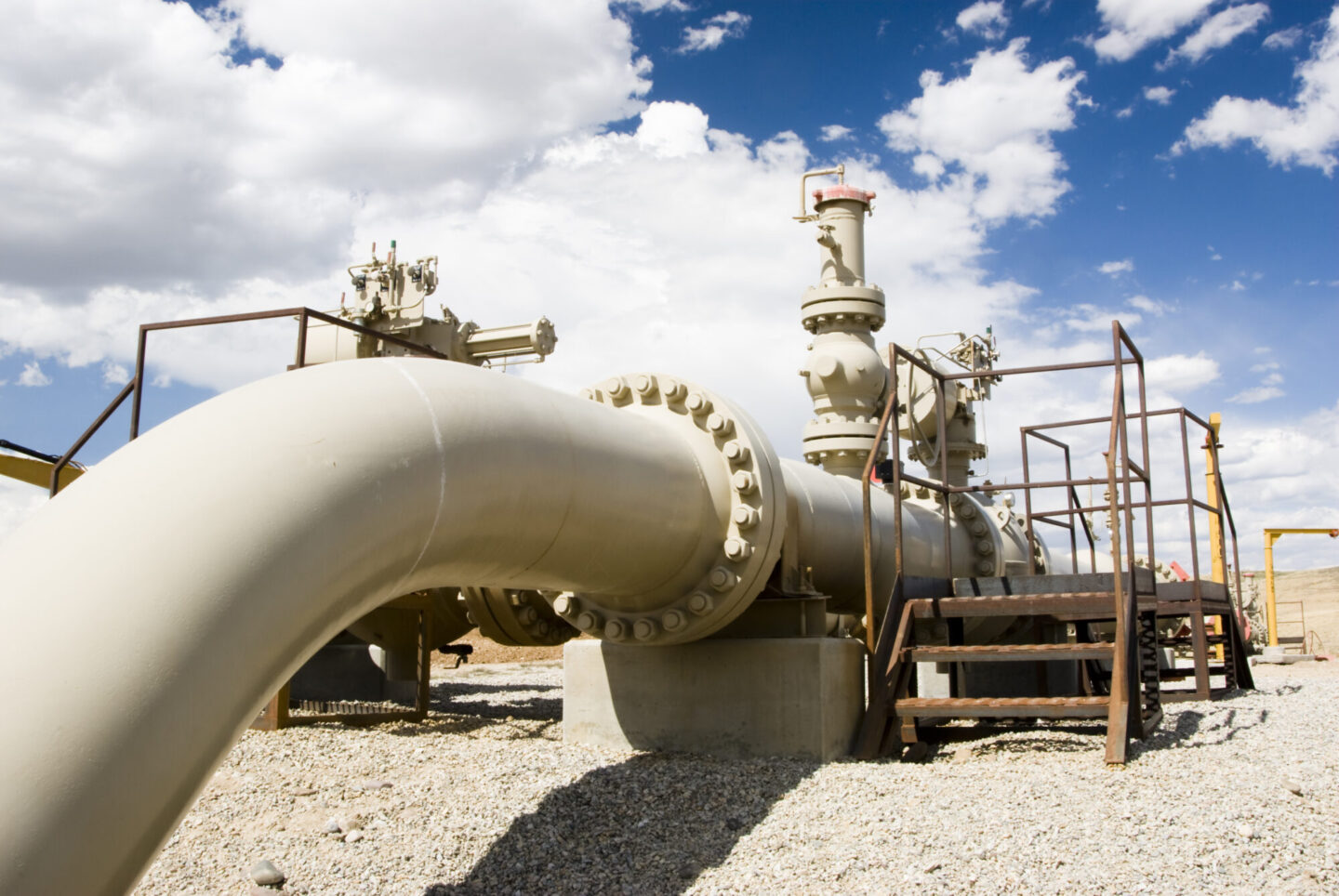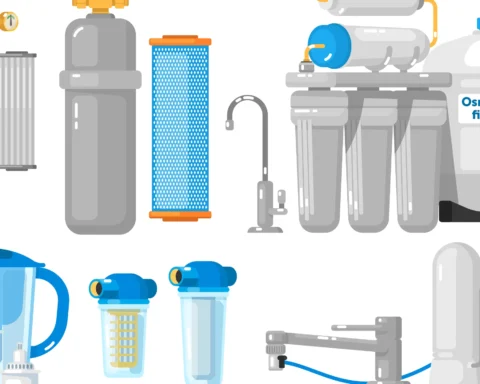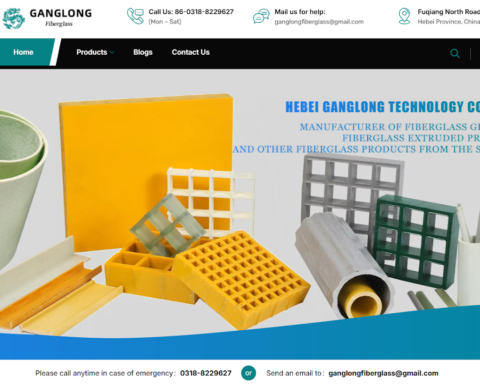Pipeline safety matters a bunch in the oil and gas trade. To carry crude oil or natural gas, pipelines need to be strong with no leaks. That’s where hydrostatic testing steps up!
It checks if pipes can deal with high pressure without any issues, which keeps both the environment and people safe from risks. So, let’s dig into why this test is so crucial for keeping things secure on all fronts within the world of oil and gas operations.
Ensuring Structural Integrity
Hydrostatic testing checks how strong pipelines are by finding weak spots or flaws that could cause leaks. Pipelines get filled with water and put under more pressure than they usually handle during this test, letting operators spot any issues.
If a part of the pipeline can’t take the extra load, it might mean there’s corrosion going on, cracks forming, or welds not done correctly. Testing ahead like this is so important because it allows for early detection of problems, which cuts down the chances of massive failures that result in expensive spills.
Environmental Protection
Hydrostatic testing is a champ when it comes to saving our environment. Oil and gas leaks can wreak havoc on nature, messing up soil and water supplies while putting animals in harm’s way. So, by doing these tests, companies are making sure that pipelines hold their product without letting anything escape.
The checks confirm if the pipes have what it takes to stop disasters from happening downline, leading to major damage to Mother Earth, underlining its importance as an eco-friendly move within such operations.
Regulatory Compliance
Government bodies often lay down the law that pipelines must go through hydrostatic testing. This ensures that all safety rules and regulations are followed. Depending on where you’re at, these laws might ask for routine tests, especially if pipes have been around a while or just installed recently.
Companies need to meet these standards right so they can keep doing their business freely without worrying about fines or having operations stopped short. By putting money into such checks, companies show they value both compliance and safety, which not only gets them in the good books of regulators but also boosts public trust.
Enhancing Public Safety
Apart from keeping up with rules and guarding nature, hydrostatic testing is very important for people’s safety. Remember, pipelines often run close to or even through towns! So, a pipeline failure could really be bad news, leading to blasts, fires, or dangerous chemicals getting out.
Regularly doing these tests goes a long way in reducing such risks by making sure that pipes are strong enough against everyday pressure at work. Needless to say, this not only keeps locals safe but also gives them peace of mind, knowing that oil and gas companies care about their well-being.
Conclusion
Wrapping it up, hydrostatic testing is a must in the maintenance of pipelines within the oil and gas sector. It helps keep pipes strong, saves nature from harm’s way, meets government rules, and keeps people safe.
By regularly putting money into such checks, companies can run their activities smoothly without mishaps while building trust with the people they impact.
Keep an eye for more latest news & updates on Essential Tribune!








